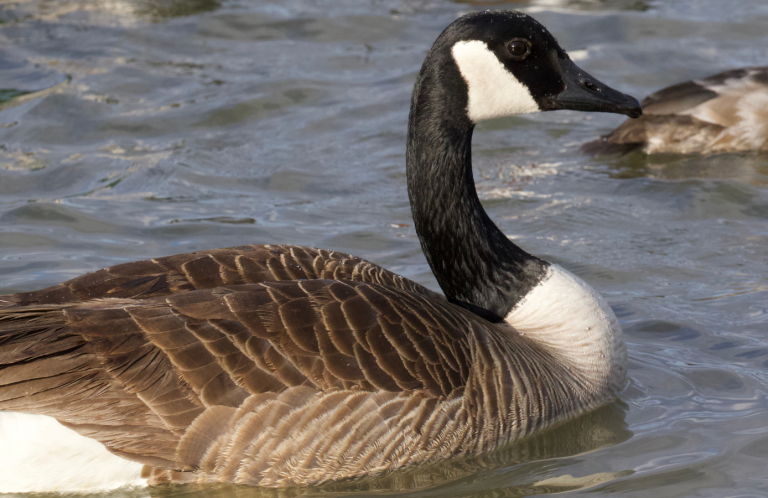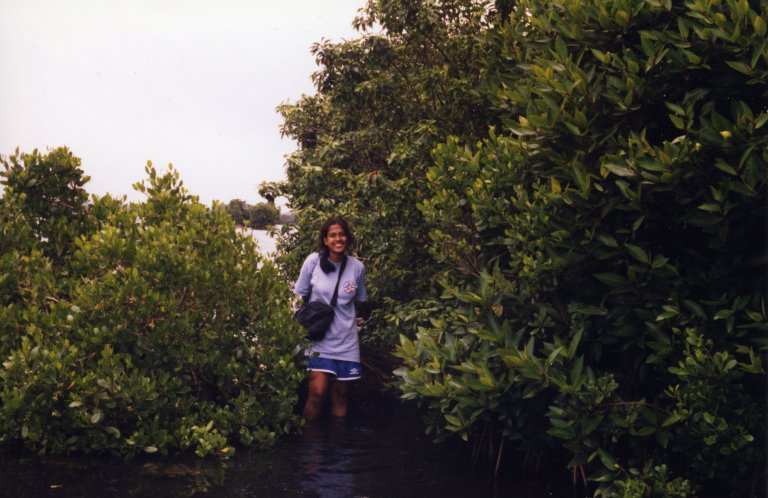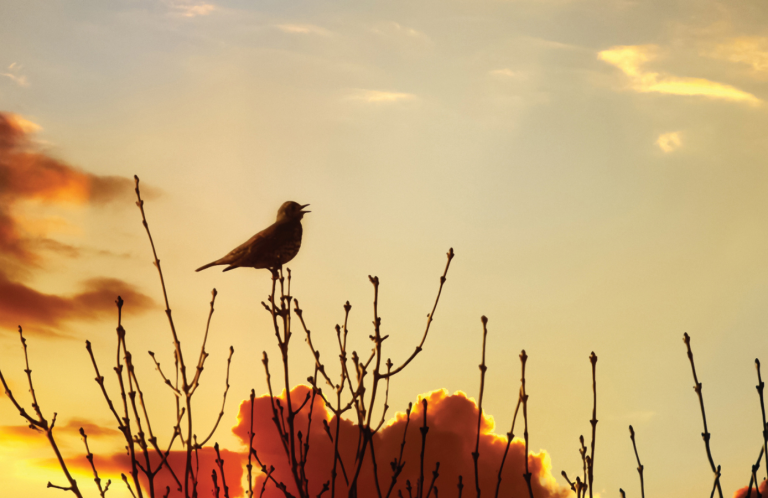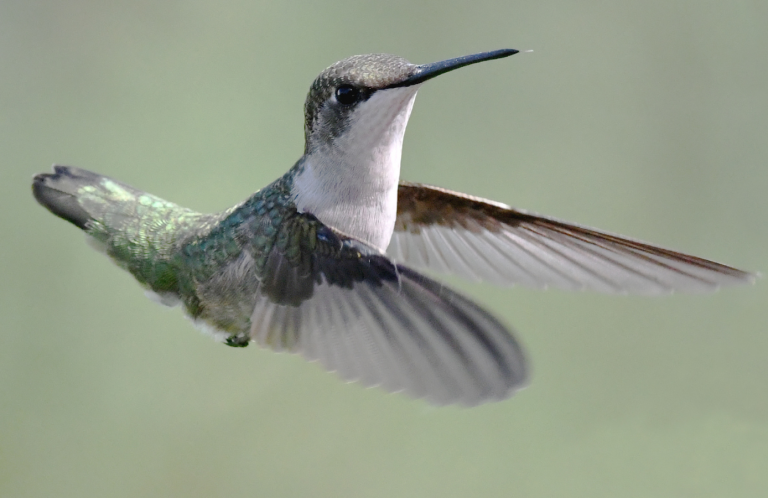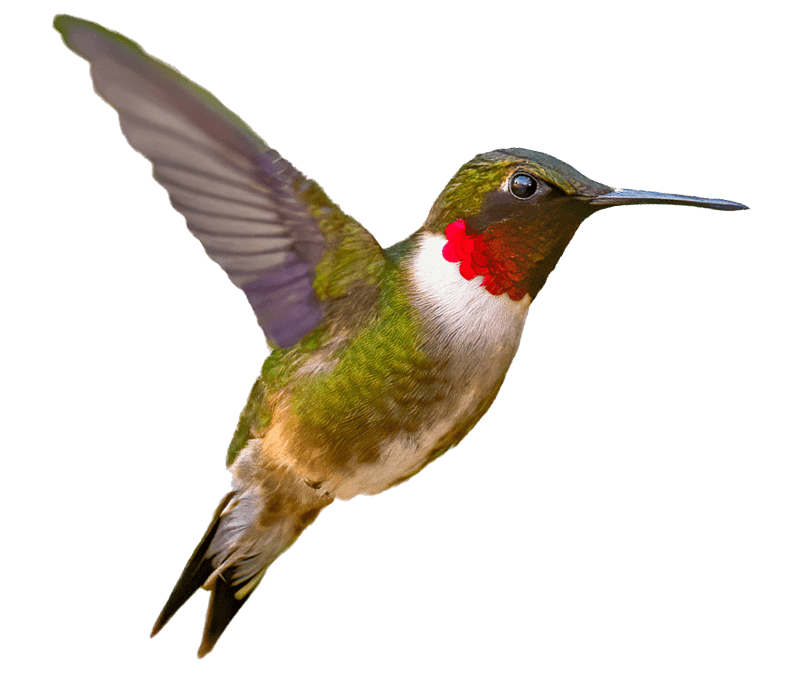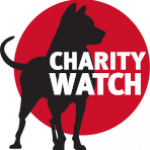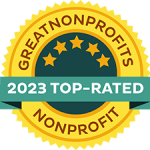Pilina: Reflections on Relationships with Birds and the Land While Growing up in Hawai‘i
When I was about eight years old, my father began making a habit of taking me and my five-year-old brother into the pineapple fields above Waialua, Oʻahu on the weekends. Technically, we were trespassing on private land owned by the pineapple companies. Eventually we got into trouble for it, but these are also lands that native Hawaiians are supposed to traditionally have access to, and lands that my father's non-native family had hunted on for generations. These trips were what first sparked within me a love for birds and for Hawaiʻi.
We would squeeze into Dad's old white Mitsubishi Mighty Max and ride down from our home in Wahiawā across the bridge to the old plantation roads. His truck had two adult seats with a third almost-seat between them that was right next to the truck's stick shift. It was so awkward and a little uncomfortable to sit there with a stick shift between your legs while he drove, but we always begged him to take us with him. It was an adventure for us kids; we rarely got to see Dad during the week because he worked a night shift job, so we treasured the time spent with him on the weekends.
I think Dad felt a little guilty that his work kept him from spending much time with his two young sons. I also think he knew it was important that we understand some part of our family's legacy in the area. Later he told us that he wanted us to see what Oʻahu was like when he was young — the places that he knew, and that his own father knew before him. Oʻahu was changing fast at that time. It still is, really.
My grandfather passed away before I was born. He and his brothers were avid pig hunters their whole lives. They knew the central Koʻolau mountains very, very well. When people would get lost in the forest, my grandfather would help to find them. He could look at a pig's footprint and know the age, weight, and gender of it, as well as how many hours ago it passed through the area.
He and his brothers had their own names and stories for every gulch from the North Shore to ʻEwa. For them, hunting was a lifestyle and a necessity. They were the kind of poor family where the results of a hunt could determine whether you would be able to eat for the next couple of nights, and so they always made a point of gathering some kind of food when the hunting was bad, even if it was just wild guavas.
Dad knew how important these places were to Grandpa. He didn't know how to read a pig's footprint, or all of the names and stories that Grandpa knew. But he did know some things, and he wanted my brother and I to have them before those too were forgotten. And so we would drive around on the weekend in that old Mitsubishi through the dusty red roads, along ridges and into gulches, eating wild rose apples and waiawī like the old days.
Sometimes on those trips we would go into the forest and listen to the strange birds that lived there. One song, in particular, I'll never forget. It was loud, and clear, and sweet, and we never saw the singer. I must have asked a lot of questions about it, though, because Dad went to the library and got me a copy of “Hawaii's Birds,” the old Audubon field guide with the ʻIʻiwi on the cover perched precariously on some ʻōhiʻa leaves, with its head cocked up. I remember thumbing through that book over and over. So many rare birds were in there! So many birds that nobody was sure were still alive.
I decided in my mind that the mystery song bird we were hearing was an ʻŌʻū (a Hawaiian honeycreeper now presumed Extinct). I laugh about it now because I know that what we were listening to back then were Japanese Bush Warblers, an invasive species. I soon voraciously read through every book on native birds that I could get my little hands on (which wasn't many). By the time I was ten, I had exhausted our town's small library, and a lifetime love for Hawaiʻi and the ʻāina (land) was established.
Many years later, when I was a master's student in Hawaiian Language and Literature at the University of Hawaiʻi at Hilo, my professor, Dr. Charles Langlas, suggested that I focus my thesis research on the old Hawaiian bird hunters due to my passion for native birds. In the old days, prior to the Westernization of Hawaiʻi, the bird hunters were the people most intimately familiar with our native birds. The feathers and meat of the birds were very valuable. In spite of this, relatively little research had been done on who they were, how they did things, and how they lived.
At the time I knew virtually nothing about the subject of bird hunting, but as I dived into the research, that familiar zeal that I had as a child for learning about nature found its way back to me; I almost obsessively collected everything that I could possibly find on the subject.
Through archives, newspapers, books, and old interviews, I pieced together what could be found about the way that we interacted with birds in older times. There were a lot of things that aren't widely known, but the biggest thing that I learned from the study was just how pragmatic the bird hunters were. For example, hunters who went after ʻUaʻu (Hawaiian Petrel), also created nests for their quarry, to ensure that they would return, and that the hunters could easily find them in the future. They thought things through thoroughly.
I also learned that they were incredibly knowledgeable, to a degree that is probably impossible today since so many of the birds are now gone. The source of their knowledge was elegantly simple: it all came from the relationships they had. Relationships with place, relationships with the ecosystem, relationships with other people, relationships with their akua (deities) and ancestors — relationships were the defining factor.
I think back on my grandpa now, too. He wasn't Hawaiian, but he knew so much about the place where he lived. His relationships with the land, with the pigs, and with his brothers gave him that knowledge. I also think back on my father. He was concerned for his relationship with his sons, and that his sons in turn would lose their relationship with the land. He intentionally planned those trips to make sure that we could forge a pilina (relationship) with the land and with each other. In doing so, he planted a seed that inspired me to research traditional bird catching all these years later.
In the end, it all comes down to relationships and how we create them, maintain them, and lose them. Relationships are the things that stir people to act in times of need, and relationships are the things that make us protect the things and people that we love. When we talk about the future of conservation, about disenfranchisement of native peoples, and about intersectionalities of social justice and the environment, I cannot help but think that the answer we need is simple, in spite of all of the inherent complexities of these issues.
Through using traditional hunting methods, the hunter is required to develop an intimate appreciation and understanding of birds and their value. Whatʻs more, he needs to understand how to help these birds flourish, so that he can sustain his practice for generations to come. If we nurture and foster relationships with the land, with the biosphere, and with each other, we might still be able to overcome our problems.
A shattering of traditional relationships has led us to the current environmental crises in Hawaiʻi and beyond. Repairing and strengthening these old bonds is how we try to fix it. It won't be easy, and it will take generations of work, and maybe it will all be too little, too late. But one of the things I have always truly admired about conservation work in Hawaiʻi is that we work hard in spite of the odds. Nothing good ever happens if nobody tries. And a lot of us here are still willing to give it a shot. So many people across every island have dedicated their careers, their free time, and their skills to contribute in whatever ways they can to repairing these bonds with birds and the land.






































